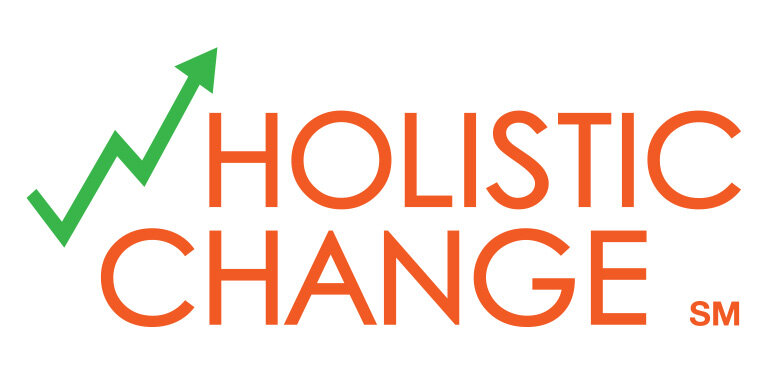I really enjoyed this McKinsey Quarterly article that interviewed a CEO who recognized that his company's culture had to change, and that it would require his strong leadership to make it happen.Canada’s Bombardier was founded in 1942 to make snowmobiles and related equipment. Over the years, it evolved to make trains and airplanes. Pierre Beaudoin, CEO and president since 2008, attributes the company’s resilience in large part to its culture. Mr. Beaudoin led a complete culture transformation over the last decade, beginning as president of Bombardier Aerospace. The transformation changed Bombardier from a 30,000 employee company driven by engineering and manufacturing goals, with deep cultural divisions, to one focused on customers, an engaged workforce, and continuous improvement.In his own words:
Everyone in management recognized we had a problem but insisted it wasn’t in their department. So my leadership team and I quickly realized that the division would be very hard to transform if we only focused on fixing this piece of hardware or fixing that system, because the people in the system thought that what they were doing themselves was working well. One of the important initiatives that helped me understand how to talk about the problems was surveying our employees...It was a culture of not facing up to issues, of blaming another department.In addition, there were a lot of silos. People were focused on their own tasks. And it was a culture where we valued the “firefighter,” the person who would step on everybody but get the job done in a crisis. There was very little teamwork.
As the executive in charge, Mr. Beaudoin decided that the company had to change, that he personally had to sponsor the change, that it would take years and that some people would leave.
...Once we identified the problems, we specified three priorities and four leadership skills to address them. The priorities were creating a rewarding and safe workplace, providing superior customer service, and reducing waste in everything we do. On the leadership side, the skills were people first, teamwork, continuous improvement, and drive for results.The process also told us very quickly which people would stay with us and which would decide it’s not for them. It’s not about making it personal, but if you want to make a change, you need the right people on board. You need the people who are willing to make themselves vulnerable, the people who are willing to learn, to work in teams, to promote the leadership skills that we agree are important.
He and his leaders who agreed with the case for change kept at it, and today Bombardier is a much better company than it was before.
To <build an airplane> right, the team has to work together, share the problems, fix them, make our engineers comfortable bringing an issue to the table so we can give them the tools to fix it....Part of <the culture> transformation was getting trust back from our suppliers, who had sometimes felt that they got burned in our fast-growth period. ...when we hit some hurdles, we have to work extra hard to be in this together.Today, with the progress we’ve made, we have the ability and the trust to do these things.

